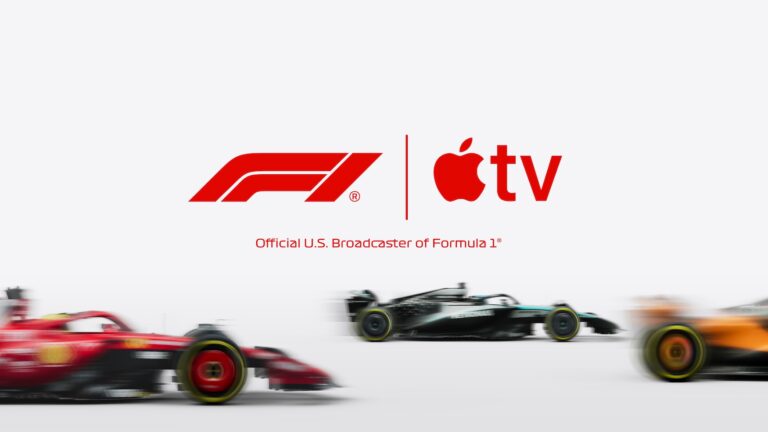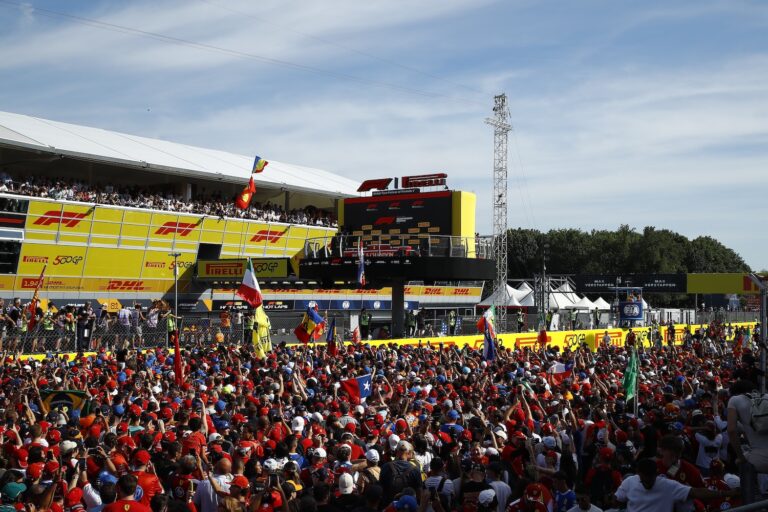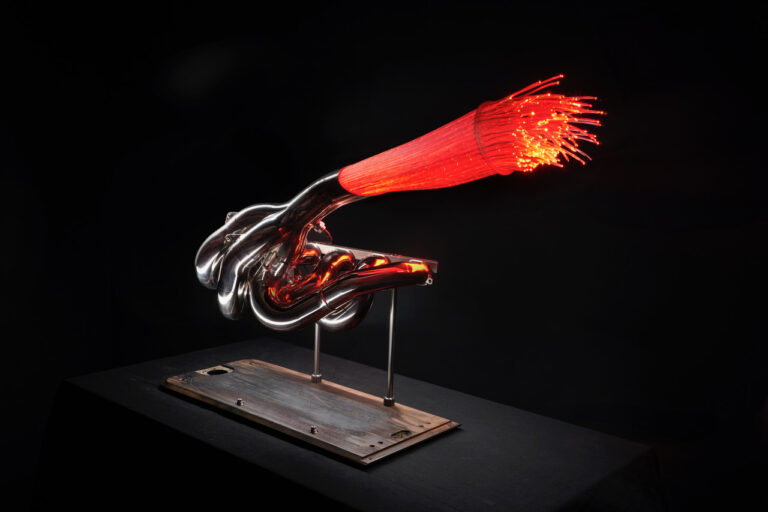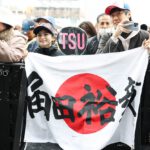When Formula 1 descended on Las Vegas, the initial race began not on the Strip but at Harry Reid International Airport (LAS).
Before engines ever roared down the new 3.8-mile street circuit, the airport was already gearing up for the event. Cargo jets carried more than 2.8 million pounds of equipment, including cars, tools, and technology essential to the Grand Prix. Over 115 trucks picked up and delivered gear under the desert night sky. Behind the scenes, airport teams choreographed every arrival like a pit crew, keeping security tight and ensuring the daily flow of commercial flights continued undisturbed.
The Clark County Department of Aviation’s (CCDOA) three busiest airports — Harry Reid International, Henderson Executive (HND), and North Las Vegas (VGT) — formed the backbone of race operations. In 2023, the surge resulted in 1,187 departures in a single day, with nearly half of them being corporate and private aircraft, while HND and VGT collectively handled hundreds of general aviation movements. Henderson Executive also welcomed international arrivals for the first time ever, underscoring the growing prestige of the Las Vegas Grand Prix on the global stage.
At the head of these operations was then-Senior Director of Aviation Jim Chrisley, who now serves as the Clark County Director of Aviation. As the lead for the inaugural Grand Prix, Chrisley oversaw the details of the airport’s participation, including the arrival of cargo flights and team charters and the staging of general aviation traffic at Henderson Executive and North Las Vegas airports. Chrisley directed terminal activations, passenger services, and security coordination with federal partners, guiding the airport through its first brush with Formula 1 while ensuring daily commercial operations continued without disruption.
The First and Last Impression
Formula 1 in Las Vegas was not only about what happened on the track; it was also about what happened off it. At Harry Reid International Airport, the spotlight was on welcoming record passenger volumes and processing tons of cargo for F1 teams. But, beyond the logistics, it was also about creating an arrival worthy of the destination itself. Inside the terminal, the atmosphere echoed the energy of the Strip with activations designed to mirror the excitement of the event. Travellers found winners’ podiums in baggage claim, giant racing helmets for photos, and LAS ambassadors dressed in “Pit Crew” polos handing out keepsakes.
Volunteers fanned out across rental car centres, baggage areas, and general aviation ramps, ensuring visitors had guidance from the moment they stepped off their planes. More than 1,500 employees donned branded shirts, 1,400 lanyards were distributed, and countless guests carried home bag tags, pins, and fans—small tokens that made the airport experience part of the Grand Prix story.
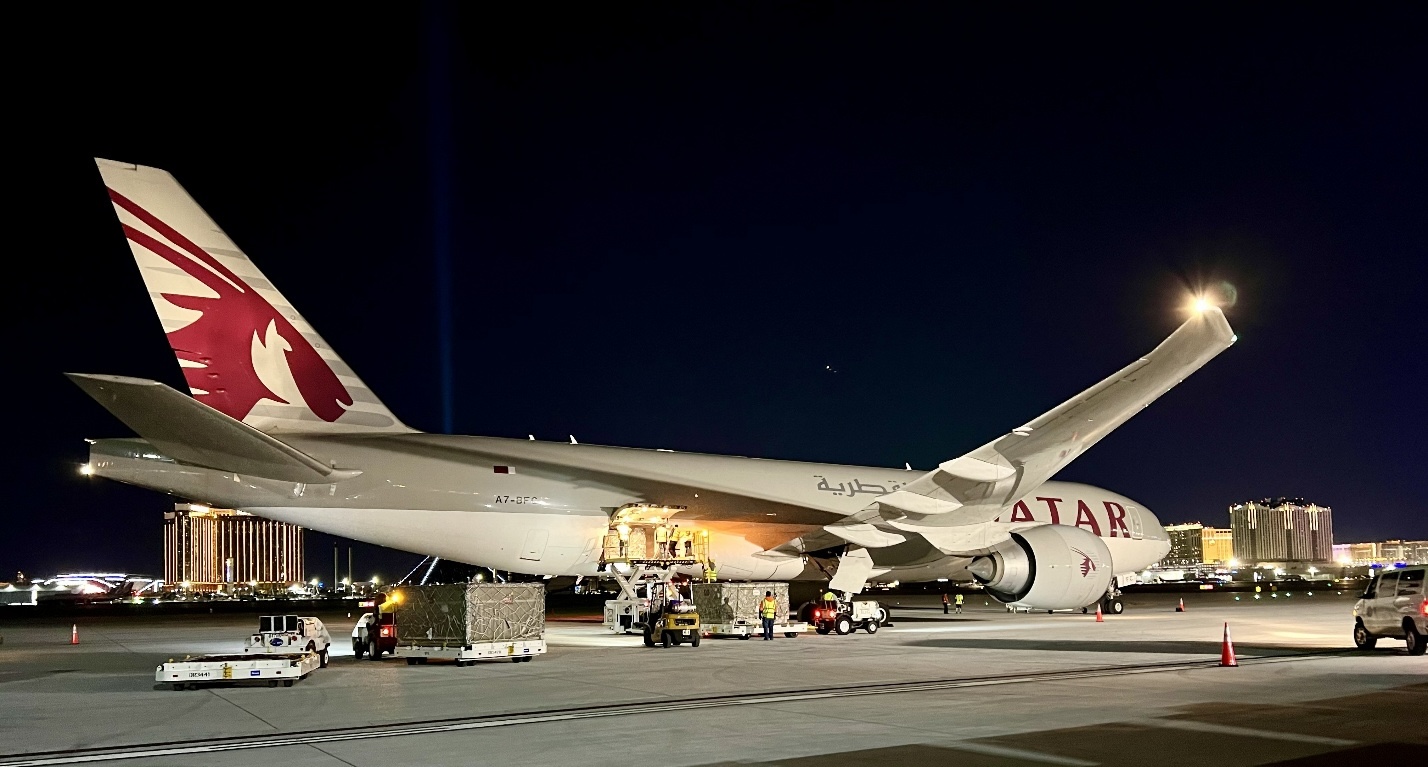
The excitement of Formula 1 wasn’t confined to the Strip; it carried straight into the airport terminals. Travellers arriving and departing during race week found themselves in the middle of the celebration, with pop-up showcases, expanded dining options, and unique retail activations that gave the concourses the feel of a fan zone. A Tumi display highlighted luxury travel goods, while additional food service and catering capacity kept pace with the surge in visitors.
The campaign extended online as well. Welcome messaging, “Know Before You Go” travel tips, and human trafficking awareness campaigns pushed across newsletters, social media, and digital screens inside the airport, reaching nearly 400,000 impressions during race week.
READ MORE: Ollie Bearman: Learning Fast, Thinking Faster
That energy translated into record-setting performances for airport concessions. On November 19, 2023, the day after the inaugural race, LAS posted its highest-ever single day of sales. The entrepreneurial spirit that defines Las Vegas was as visible in the airport as it was on the Strip, proving that the Grand Prix elevated the entire travel experience from curb to gate.
Ready for What’s Next
Now preparing for its third year on the Formula 1 calendar, Las Vegas is no longer the “rookie” race. With two successful runs behind it and lessons learned from the recent Super Bowl as well, the city has proven it can handle the scale, speed, and spectacle of the world’s most prestigious sporting events. For the Clark County Department of Aviation, the mission is clear: keep raising the bar. Whether refining traffic flow, welcoming more international flights, or delivering moments of delight for passengers, the airport system is committed to remaining not just a gateway to Las Vegas but also the starting line for global experiences. Formula 1 brings glamour, speed, and spectacle to the Strip. Harry Reid International Airport, together with its sister airports Henderson Executive and North Las Vegas, delivers the readiness, hospitality, and capacity that make these global events possible. That readiness is more than logistics — it is the ability to manage record passenger volumes, process team cargo, and support waves of private aviation, all while creating an authentic Las Vegas experience for every traveller. With the Clark County Department of Aviation’s system of airports standing behind the event, Las Vegas is once again prepared to shine under the brightest lights on Earth.



